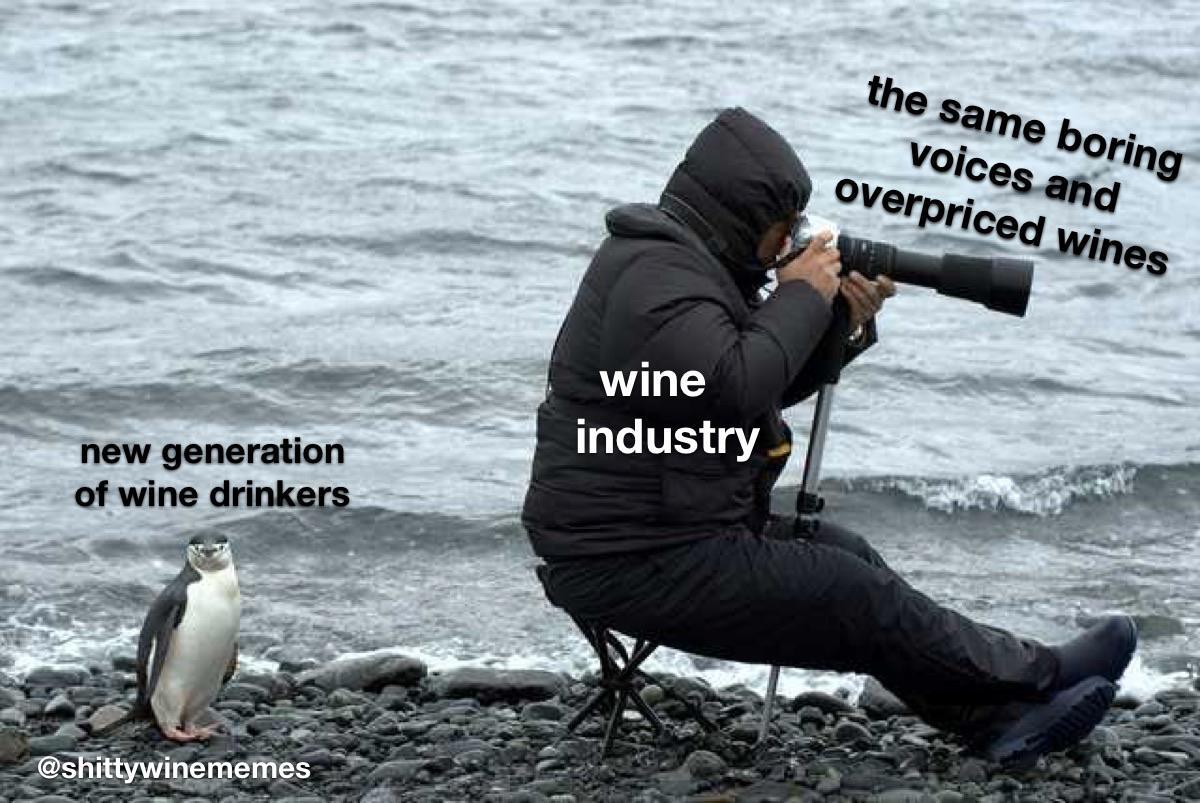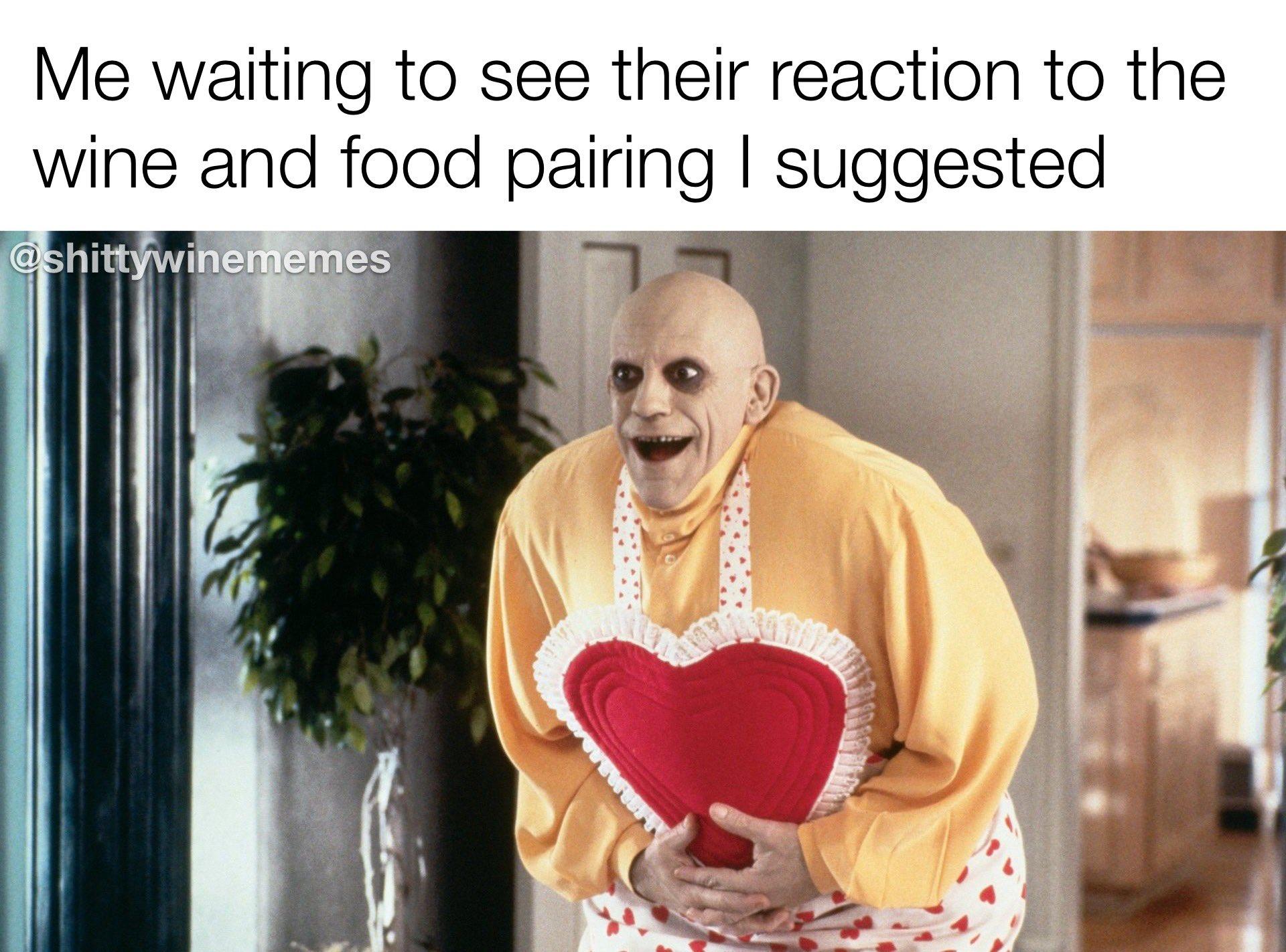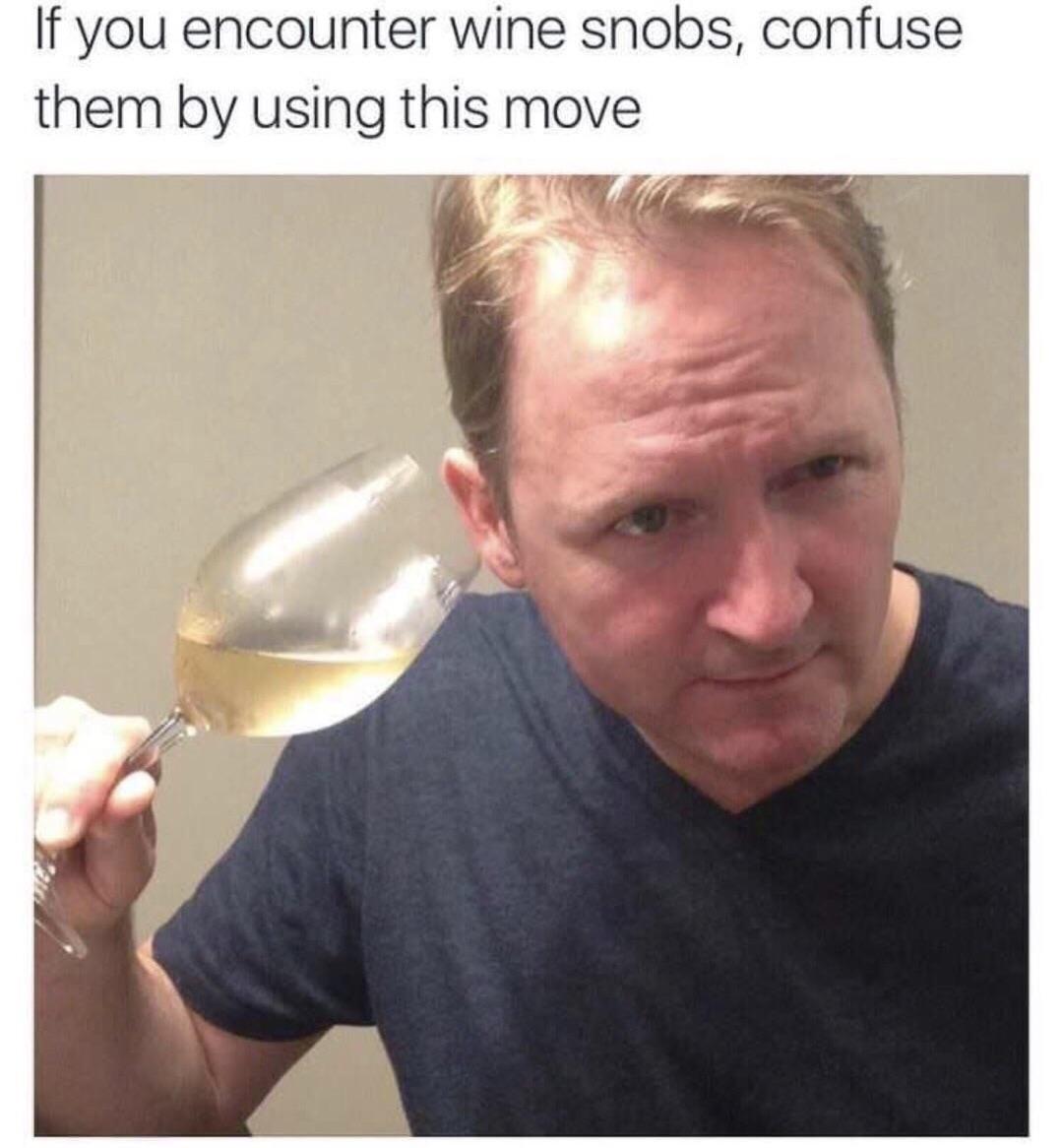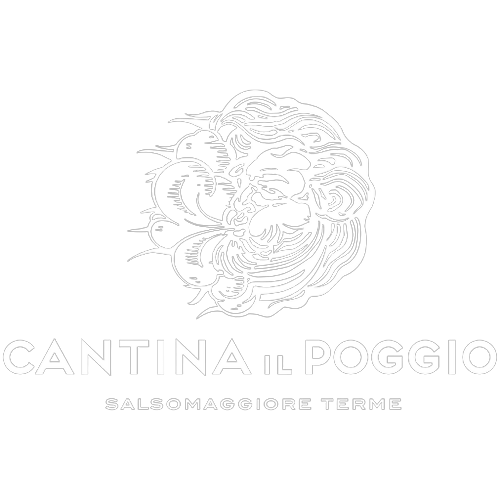The reason why your favourite restaurant has a terrible wine list

The reason why your favourite restaurant has a terrible wine list
Here’s our opinions on the reason why your favourite restaurant has a terrible wine list.
– wine list: guide and 10 tips to create the best one
-wine list: 7 simple rules to get it right
-homemade wine list: how to best draft it
-wine lists at the origins of the wine crisis
-how to write an effective one
Why is the wine list among the restaurants’ Google searches always included in the top 10?
Have you evere wondered why your favourite restaurant has a terrible wine list ?
Let’s try to find an answer…
Restaurateurs DON’T KNOW HOW TO WRITE THEM
Wine is an added value for every respectable house, let alone for a restaurant. Let alone a restaurant which customers are wine lovers.
Non to mention it could also represent a perfect source of income.
False myths
1 – The first step to create a good wine list, is to choose the correct impagination of the contents
Load of rubbish.
There is no right or wrong style, it all depends on who is your reader. The so-called “target”. But who should read? Potentially, everyone: so, what are the useful details and the useless ones in a card that must speak to heterogeneous customers by age, income and culture?
But who must read it but often doesn’t? maîtres and waiters
This figures should be the client’s guide, Charon towards a hell made of chalices and perfumes, the navigators in the enoic sea.
Make it less romantic. They should be able to match at least the dishes of the menu with the wines on the wine list. Otherwise, the solution is quickly said: use the wine list!
Where there is a man able to combine the work of the kitchen with the passion of the customer, the wine list can be a mere list of letters and numbers. If there were not, let’s make full use of these cream coloured paper pages that the burgundy faux leather cover holds together with elegance.
To answer point 1, then, impagination is overestimated.

2 – Choosing about thirty different entries is already an excellent starting point.

Wrong! It’s not a matter of number. It frequently happens that restaurants give you infinite wine lists with 100 labels, and not even finding a rosé, a white macerated, or a red without barrel aging.
Without wanting to fall into banality: it is not quantity but quality.
Let’s close this 2nd point with some good tips
sparkling wine Charmat Method
Sparkling wine Classic Method
High quality sparkling wine Classic method
In bottle fermentation
Light white wine
White macerated wine
Rosé
Light red wine
Red wine medium body, barrel aging
Dessert wine
Are we listing some regions, cities or other names ? NO.
3 – Structure of the list based on the type of place
Let me quote from other sources: <<In a wine shop I expect complete descriptions with producer name, name of wine, denomination, year, blend and alcohol content. Less data is enough in a restaurant>>.
But why ?
To non to waste ink ? Nowadays lots of restaurants ans wineries have the wine list on their tablets. No more excuses.
Isn’t my “Nebbiolo, Langhe (Piemonte), year 2017, 15%” an important part for my customer in the moment of choosing the wine? Isn’t it a minimum amout of informations, but that will allow him to not pair it with a salty fish or with a vegetable starter?
Let’s make another step forward. Let’s exagerate.
“Nebbiolo, Langhe (Piemonte), year 2017, 15%. Important structure, scents of fruit with wood barrel aromas, fairly tannic, perfect with grilled meat or roasts.
And “casually”, in our menu there’s an important grilled beef and a baked pork cheek.

Important bottle sold, customer satsfied. Everyone’s happy.
As a customer, I don’t know EVERY kind of wine in the world, even if i studied it and tasted it more than others: a brief tip is always welcome and helpful.
4 – It’s very important to take care of the graphic, that has to catch the eye of the customer
I actually agree with this point. Not on the graphic itself, but on the aesthetic part. Everything has appened to me, from dirty oily pages from worn to tissue covers.

Aesthetic, more that graphic, has to be at least neat and precise. Some important starred restaurants print their menu everyday on white sheets of thick paper.
This way their menu is always clean and customers can take it home as if it was a souvenir.
Of course the typical trattoria does not have any interest in giving away souvenirs to its guests… or maybe it does ?
5 – Typically, the perfect wine list should present an equal offer of local and international wines
Why ?
Nothing stops you from selecting non-territorial wines, but it has to be a considered choice. Is it advantageous to put in the wine list of a trattoria lots of wines from Sout America ?
Who am I to judge ?
The important thing is not to create useless mixes of casual wines and regions. It’s important to have an idea: one of the best wine list I’ve ever seen only has Emilian wines and 3 Champagnes.
The reason is simple: the menu perfectly matches these wines, Champagne included.
The only really important thing to have a wine list organized and well done, is the passion: it seems trivial to say, but a passionate waiter or restaurateur turns into a maître and raises the level of the restaurant.
Whoever works in a restaurant, should have behind a fond enogastronomical passion
Without pretending for a universal knowledge, a passionate use of our palate always make the difference. Here in Italy, in the country with the largest number of vines in the world, it is almost a pity that the vast majority of restaurateurs are not seriously passionate about wine.
Sometimes, just ask an enlightened producer to have a wine list that shines with its own light, that transmits warmth to the guest, and that excites the reader, more and less experienced.
The wine list is NOT the mirror of the products available, it is the story of a journey, the experiences that the customer can choose to do, helped or not by the waiter but always staying at the center of everything.
It is the Wine List, as if it was a travel map, a geo-sentimental map of the host-thought.. And maybe this is the perfect key: putting the guest at the center of our journey into the world of taste.

Aspecial thank you to Agriturismo San Giuseppe and Ristorante La Badessa for the POSITIVE inspiration and the renewed hope about the future of restoration.
And we wanted to thank also Shitti Wine Memes, source of the illuminating images in the blog.
Useful links:
Cantina Il Poggio
https://cantinailpoggio.it/en/cantina-il-poggio-english/
Agriturismo San Giuseppe
http://www.agriturismosangiuseppe.com/
Ristorante La Badessa
https://www.ristorantebadessa.it/
Shitty Wine Memes




https://WWW.Waste-Ndc.pro/community/profile/tressa79906983/
Excellent blog here! Also your sie loads up fast! What web host are you using? Can I get your affiliate link to your host? I wish mmy site loaded up as quickly ass yours lol https://WWW.Waste-Ndc.pro/community/profile/tressa79906983/